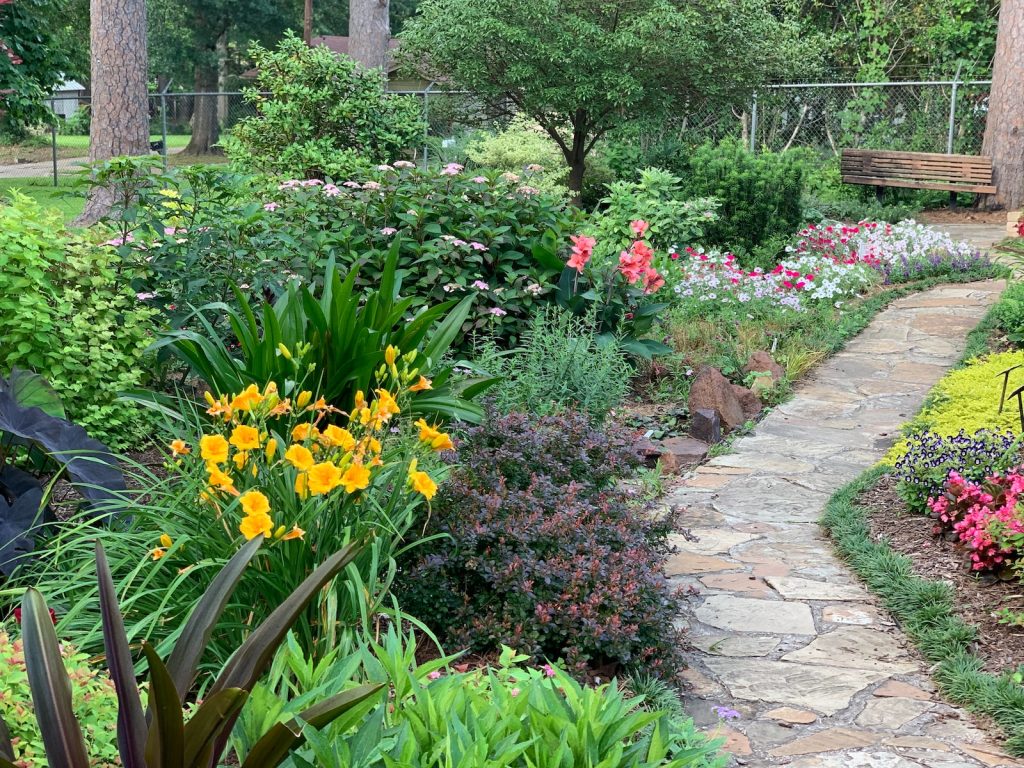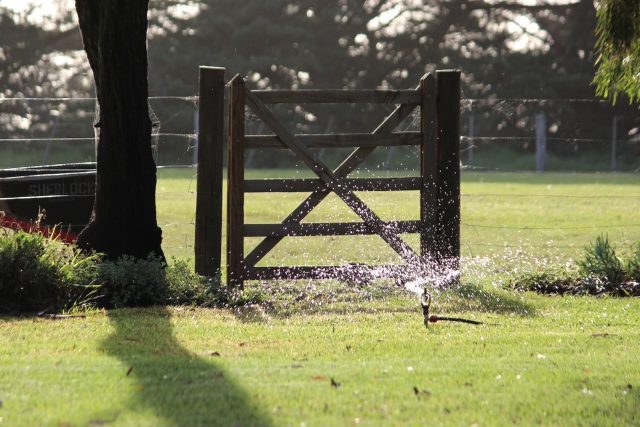Garden Irrigation
Gardening is a great way to add beauty and life to your outdoor space. But without the proper irrigation, it can become challenging to keep garden plants healthy and thriving. Garden irrigation is the process of providing water to plants through an efficient system. It helps to maintain a consistent moisture level in the soil, promoting a more robust root system for plants and allowing for better nutrient absorption. With proper irrigation maintenance, gardens can be kept lush and beautiful all year round.
Benefits of Garden Irrigation
Garden irrigation is an invaluable tool when it comes to maintaining healthy, growing plants. Using proper irrigation techniques and systems, gardeners can ensure their plants receive the right amount of water without wasting resources. Here are a few of the key benefits of implementing garden irrigation in any home gardening setup:
First and foremost, garden irrigation helps conserve water by delivering only what is needed directly to the root zones of plants. This eliminates any chance of runoff or wastage due to over-watering. The amount of water used can also be easily adjusted depending on environmental conditions such as weather or soil quality.
Secondly, with a properly designed garden irrigation system, the time spent tending to your garden is drastically reduced as you don’t need to water each plant every day or two manually.
Types of Garden Irrigation Systems
Several types of garden irrigation systems can be used to water a garden effectively. Drip irrigation is one type of system that uses small tubes with emitters or drippers that release water slowly along the length of the tube at regular intervals. This ensures plants get a consistent moisture supply without over-watering them, reducing waste and runoff. Sprinkler systems are another type of garden irrigation system that operates similarly to lawn sprinklers and showers, spraying water in an area for a set amount of time. These are great for larger gardens where covering an entire area with a hose would take too long and be inefficient.
System Components
Garden irrigation systems are a great way to keep your plants and lawn healthy. Their components can easily be customized and tailored to suit the needs of any garden. Whether you’re looking for a simple or complex system, several components make up an efficient garden irrigation system. First, water sources such as wells, ponds, rivers, lakes, and municipal water supplies are used to provide the water for your irrigation system. Depending on your location and needs, you may need additional infrastructure in order to access these water sources. Connections such as pumps, pipes, and hoses need to be installed in order to transport the water from its source into the garden. Controllers or timers can also regulate when the irrigation should occur to optimize watering efficiency.
Planning a Garden Irrigation System
Whether you’re a novice or an experienced gardener, having the proper setup can make all the difference to the success of your garden. A well-planned irrigation system should be tailored to each garden’s unique needs. Start by assessing the size and layout of your garden and evaluating which areas require water at different times or less often. Additionally, consider elements such as soil type, sun exposure, and local climate conditions in order to identify how much and how often each plant needs watering. Additionally, it’s essential to choose a watering device that will meet these criteria effectively; options include sprinkler systems, drip irrigation systems, or soaker hoses, depending on your preference.
Installing a Garden Irrigation System
The first step in installing a garden irrigation system is to create a plan for where your pipes and sprinklers should go. Map out the area on paper, determining how many heads are needed and which areas need regular watering. Make sure to include any slopes or raised beds in your plan. Once this has been established, lay out the piping and attach it to the main supply line. Ensure that each pipe is securely attached before continuing with the installation of sprinkler heads. Once all the pipes are laid out, connect them using couplings and other fittings as necessary.
Maintenance and Troubleshooting
Whether you’re a beginner gardener or an advanced one, it’s important to have the right maintenance and troubleshooting strategies in place. As with any other appliance, regular maintenance can help ensure that your garden irrigation system remains in top condition, while troubleshooting can enable spotting any potential issues before they become a problem.
Maintaining your garden irrigation system includes checking for leaks, ensuring all valves are working correctly, and ensuring that sprinklers are delivering enough water to cover the entire area of your garden adequately. It’s also important to keep an eye on the pressure readings from the pump so as to avoid over-pressurizing, which can cause damage to parts of your system.
Proper Hydration, Healthy Garden

The conclusion of this article on garden irrigation is simple: properly hydrating your garden is essential for maintaining its health. Most home gardens require a little extra help to stay hydrated and fortunately, gardeners have some amazing tools at their disposal. With the right set-up and maintenance plan in place, you can ensure that your garden gets the water it needs without using too much of it.
Whether you decide to use manual sprinklers, automated systems, soaker hoses, or any combination of the above, proper hydration is essential for keeping your plants healthy and happy. With a bit of planning and effort, your garden will always be properly irrigated and thrive under ideal conditions all year round.






























